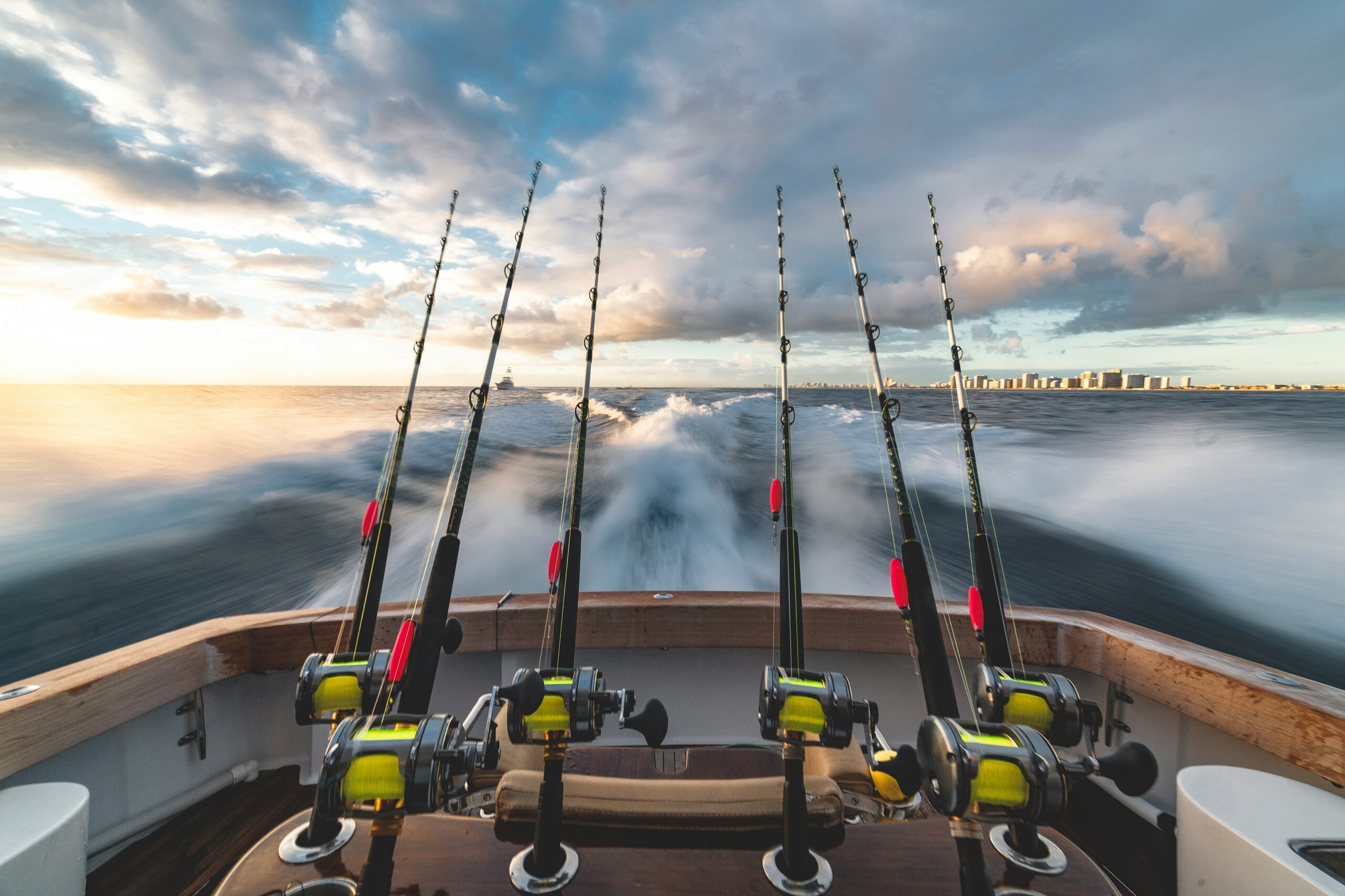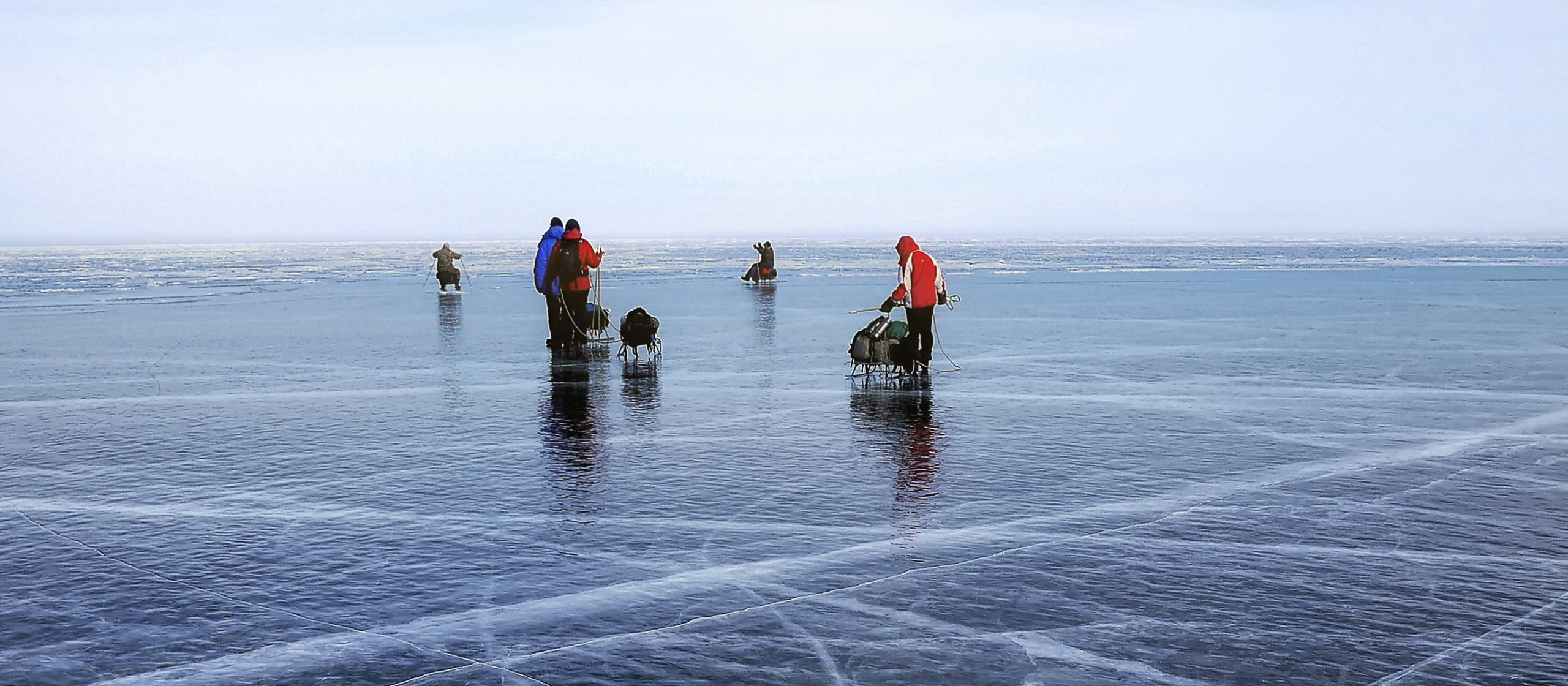Fishing in Texas is more than just a weekend pastime; it's a year-round adventure shaped by the rhythms of nature and the diversity of the state's waters. Whether you're casting for bass in East Texas lakes, chasing redfish along the Gulf Coast, or reeling in catfish from riverbanks, every month brings new opportunities and challenges. But great fishing isn't just about being in the right spot—it's also about being prepared with the right gear and budget. To make sure you never miss a prime fishing window due to unexpected costs, it's smart to keep your Texas fishing trip funded ahead of time. This article breaks down the fishing calendar month by month, helping you plan smarter, fish better, and catch more—no matter the season.
January–February: Trout and Redfish
In January and February, Texas fishing heats up despite the cold weather. Inland anglers can look forward to rainbow trout stocked by TPWD in over 200 lakes and ponds. Each winter, roughly 350,000 rainbows are released statewide, and even basic jigs, small spinners, or a handful of canned corn dropped into deeper holes will draw steady strikes.
Here are a few more tips for this period:
- Bundle up in layers and fish midday when it’s warmest.
- Look for stocked trout in community lakes.
- Target redfish and black drum around structures.
- Use electronics to locate fish and catch them efficiently.
March-May: Bass and Crappie Season
Fishing in Texas gets exciting from March to May due to spring spawning. Largemouth bass move into shallow areas with grass and lily pads as lakes warm up. Anglers catch these bass near underwater structures. White bass stage massive runs during April and May, often feeding aggressively.
So, follow these tips:
- Largemouth bass spawn in 2–5 feet of water; fish visible targets with crankbaits or worms.
- Crappie and white bass school at creek mouths; cast light jigs, spoons, or live minnows during early spring runs.
- Flounder often rests on mud or sand near grassy edges; use a slow, bouncing retrieve with a jig or live bait under a float.
June–August: Offshore Snapper and Tuna
June through August is the peak offshore fishing time in Texas. When Gulf waters warm in summer, you can target big-game fish near the shore and farther out. Around reefs and wrecks, anglers catch red snapper, grouper, and tilefish. Further offshore, open water draws in mahi-mahi and tuna.
On top of that, pay attention to these steps:
- Budget wisely. Plan for $400–$600 per person for a full-day charter. Cut costs by sharing fuel, bait, and fees.
- Pick the right tackle. Use 20–30 lb rods with heavy wire leaders for snapper; for mahi-mahi and tuna, use 50–80 lb rods with trolling lures.
- Pack for comfort and safety. Bring a hat, sunscreen, and plenty of water, and check the marine forecast before you go.
September–October: Fall Redfish and Flounder
September and October bring a true fall fishing frenzy in Texas bays and inland waters. Cooler air temperatures and still-warm water mean fish feed heavily before winter. Early fall is often when redfish, speckled trout, and flounder are most active.
Key tips for this season:
- Cooler weather and warm water keep fish active, so target flats during mornings and evenings for sight-fishing.
- Redfish and trout move very shallow. Use topwater baits and shallow-running plugs near grasslands.
- Flounders linger near docks and drop-offs. Rig a live shrimp under a float or jig on the bottom to attract them.
November–December: Winter Trout and Catfish
In November and December, coastal anglers can still land speckled trout and redfish close to shore, as these fish move into sheltered bays when the water cools. Inland lakes and ponds continue stocking rainbow trout through December, and those trout bite readily in colder weather. Catfish also become top targets in lakes.
Here are a few things to try:
- Rig cut shad or chicken liver on a bottom setup near creek channels or submerged structures.
- Fish for trout and drum at midday using live shrimp under a popping cork.
- Explore new bays or reservoirs where fish remain active.
Bonus Tips for Planning Texas Fishing Trips
Before you pack the cooler bag and hitch up the boat, take a moment to map out the details:
Prepare Licenses & Regulations
Know the rules. Every angler in Texas must have a valid fishing license unless exempt. You need a Texas fishing license plus a freshwater endorsement (about $5) for freshwater fishing. You need a license and a saltwater endorsement (~$10) for fishing in the Gulf or coastal waters.
Anglers under 17 and those with lifetime licenses are exempt from purchasing endorsements. Texas also requires special tags for certain species; for example, a free Red Drum Tag is required if you keep any redfish longer than 28 inches. Always check TPWD for the latest size and bag limits before you go.
Learn Texas Fishing Guide for DIY
You can plan your Texas fishing trip. Inland reservoirs and public piers are easy to fish solo, especially for bass, catfish, or stocked trout. You can also book a charter boat for offshore fishing in Texas federal waters.
Guided trips can make fishing easier and more enjoyable. A Texas fishing guide provides the boat, tackle, bait, and local expertise. Galveston, Corpus Christi, Rockport, Port Aransas, and South Padre Island are popular saltwater charter locations. Freshwater guides operate on Sam Rayburn, Texoma, Fork, Caddo, and Toledo Bend.
Find Affordable Fishing Vacations
Fishing trips don’t have to break the bank. Consider visiting during shoulder seasons when conditions are still good, but tour prices drop. You can split costs with friends or family to make the trip more affordable. Look for combo deals.
Seasonal Gear Checklist for Texas Fishing
Texas’s size and variety of fisheries mean you should be ready for anything. Below is a seasonal gear checklist:
- Winter. To handle icy-cold trout, take a medium-light spinning rod, warm clothing, polarized sunglasses, and sturdy pliers.
- Spring. Bring a light or medium rod. Throw topwater lures for bass, jigs or minnows for crappie and white bass, and shrimp or soft plastics for trout and flounder.
- Summer. You’ll need heavier gear for offshore species: 50–80+ lb rods and tackle. For inshore fishing, use corrosion-resistant reels, and bring a cooler for beverages and fillets.
- Fall. Add a couple of lighter rods for topwater baits as fish move shallow. Early fall can bring cool mornings, so pack a jacket.
Final Thought
Texas fishing seasons offer unique opportunities year-round, from bass in the spring to redfish in the fall. Follow a fishing calendar to target each species when it’s most active and tailor their trip to the time of year. With the right preparation, you can catch more fish and keep your trips on budget.



